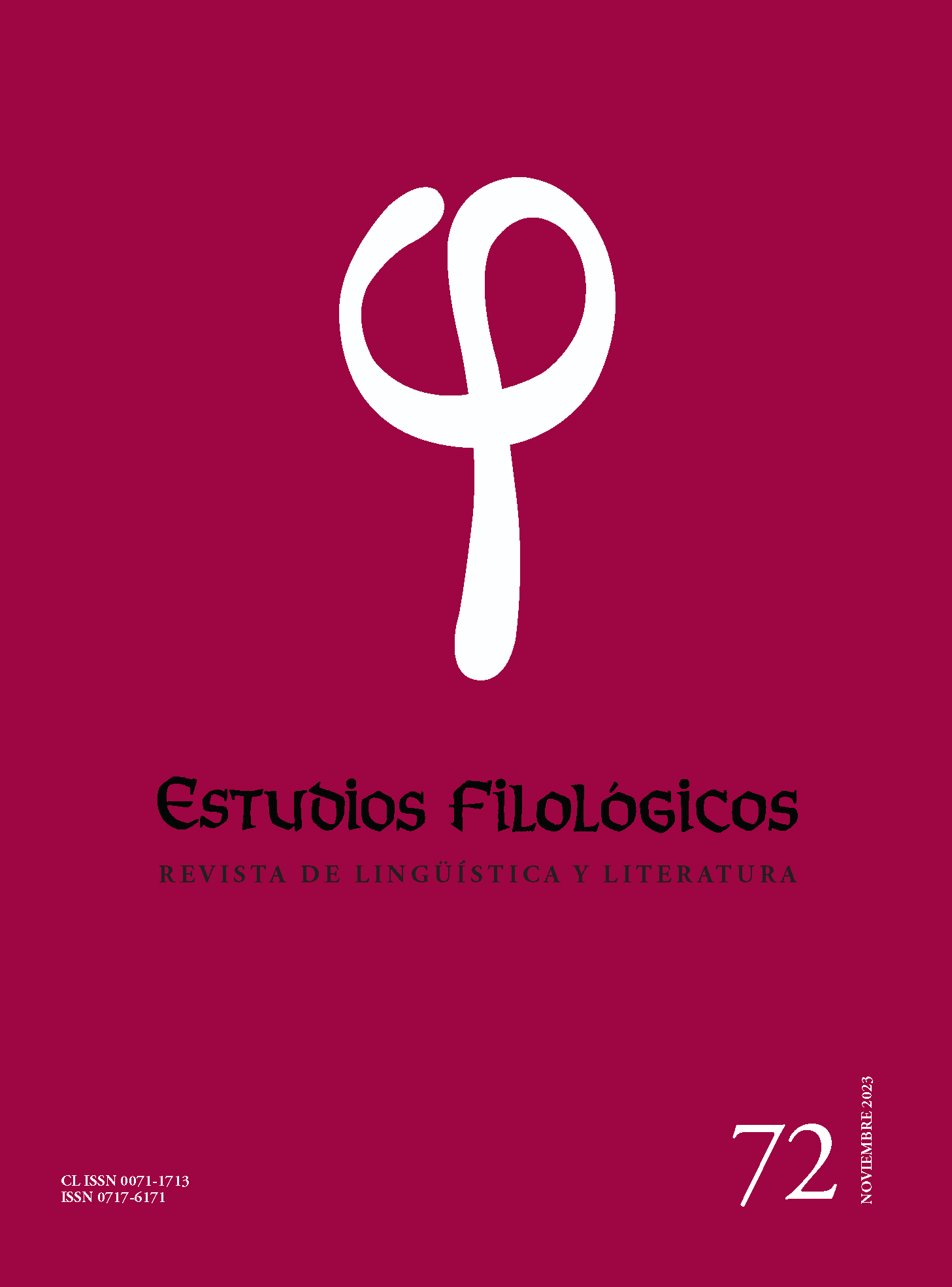Informative functions and mood selection in el problema es que: a synchronic quantitative and qualitative study
Main Article Content
Abstract
This study focuses on the inverted specificational sentences whose main clause is El problema es que. There exist mutually exclusive theories: while certain references defend a variation in the distribution of theme and rheme in the construction according to the mood of the subordinate verb; other authors attribute the focal information to the subordinate proposition, excluding the influence of the mood of its verb on a pragmatic level. To determine which postulate is valid, 4289 occurrences extracted from CORPES XXI and CREA corpuses were quantitatively and qualitatively analyzed. Results demonstrate that the indicative is used in approximately 99 % of the cases. This reflects an economization of the mood paradigm originating in its lack of influence at an informative level, which corroborates the rhematic function of the subordinate clause. On a semantic level, instead, the subjunctive is used to express possibility, although very rarely.

